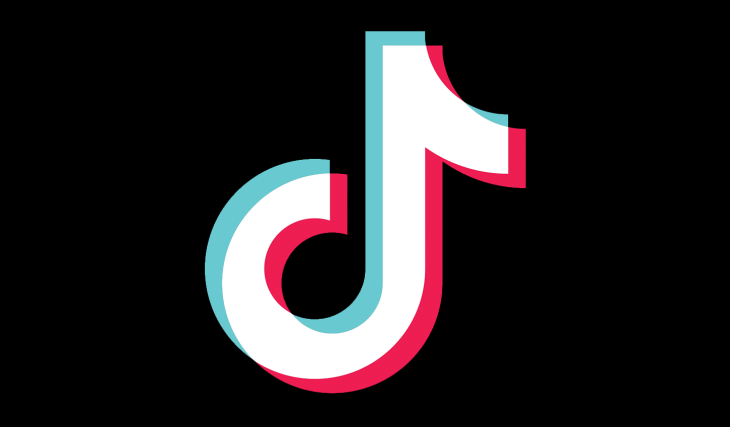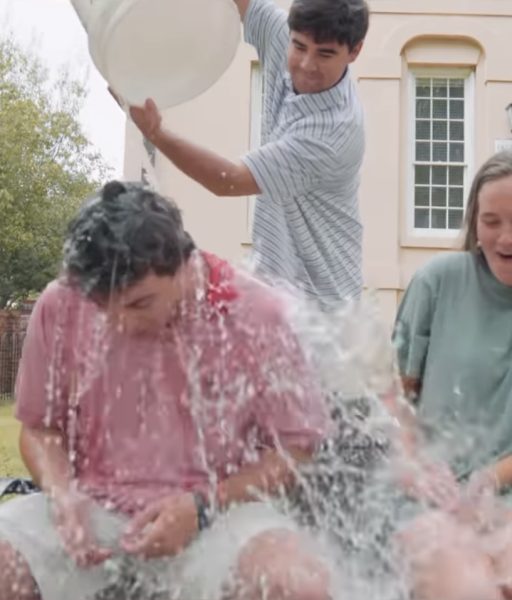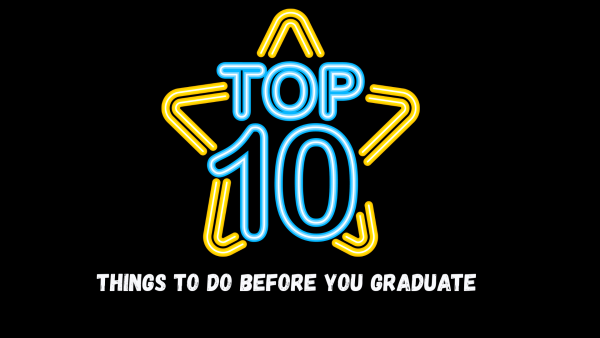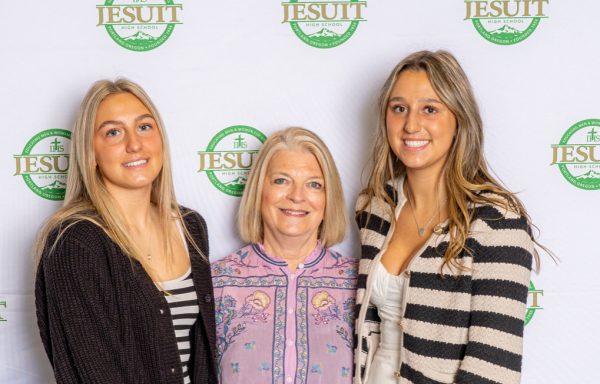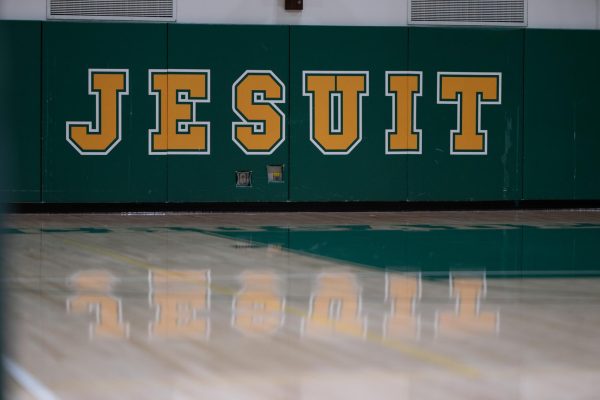TikTok takes over teens
Tik Tok App Logo
Known mostly for its comedy videos, TikTok’s uses have begun to broaden, moving into the realm of social justice
The logo of TikTok, the most recent social media app to become wildly popular with teens today
Courtesy of TikTok
Lifestyle
TikTok takes over teens

James Martini
Staff Writer
TikTok currently stands as the iOS App Store’s fourth top free entertainment app. The app, originally a Chinese app named Douyin, was launched in 2017. The app centers around short-form videos made by users, with the ability for users to lip-sync to popular songs the app has licensed.
TikTok’s first major rise to popularity occurred in 2017 when its parent company, ByteDance, acquired another popular Chinese app named Musical.ly, which already had a sizeable following internationally. The two apps were then merged, due to their similar focus on short form video.
The main draw of the app is its Duet feature, which allows users to create their own videos in response to other videos, allowing for both videos to play in tandem.
One of the biggest gripes many people have with platforms like YouTube and Instagram is that it can be very hard to find content by smaller creators, and only people who already have millions of followers will appear in your feed. TikTok, however, actually recommended quite a few local creators to me, from Oregon or the Pacific Northwest, many of whom only had a few thousand followers. This is a nice change of pace from many other social media sites.
TikTok has drawn many comparisons to Vine, a similar video focused app famous for failing due to its lack of an effective monetization model. TikTok, however, is different, as it has ads and sponsored posts. In the settings menu users are even given the explicit option to enable or disable targeted ads, a feature of many sites that modern users are becoming wary of, due to the large scrutiny they suffered as a result of the impact targeted Facebook ads had on the 2016 election.
TikTok has even begun to show signs of use beyond simply brief comedy videos. On Aug. 26th of this year, Gillian Sullivan, a 16-year-old from Las Vegas’ Clark County School District posted a TikTok discussing how the district had promised teachers a raise in exchange for taking more college classes, but reneged on their offer after many teachers had already completed the necessary courses. Sullivan expressed her anger with the school district over this, and her post ended up being seen by thousands of people across the country, and became national news.
Students, using TikTok began to show support for a strike that the teachers had been planning for September 10, and many showed intentions of joining teachers in the strike. This new attention being shed on the issue resulted in the school district rushing to resolve the problem, agreeing to the union’s demands of a 3% pay increase for teachers, a 4% increase in the district contributions to health insurance premiums, and a $5,400 salary raise for teachers who got their new college credits.
The use of TikTok to apply public pressure to this situation shows how the app has functionality beyond the comedy videos that its known for. A quality like this is imperative for a social media app’s longevity.
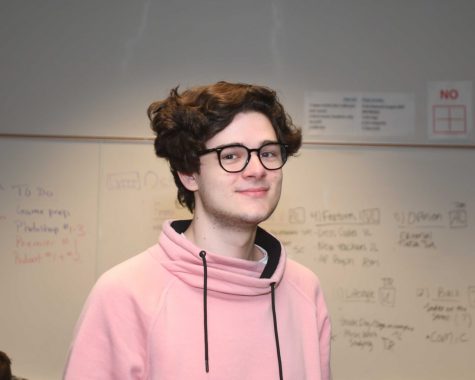
James Martini’s interest in writing began as early as the second grade, and he has written ever since. As a senior, he began his career at the Jesuit Chronicle, writing about the numerous activities, events, and issues facing the Jesuit student body and community today. His primary interests center around art, skateboarding, and pop culture. Outside of writing, James produces music and develops video games both as himself and as part of Jesuit’s Game Design Club. He also plays a pivotal role in the Robotics team, working as its captain in the 2018-2019 school year. He worked with Jesuit’s Zero Robotics club in 2018 and 2019, successfully advancing to the international finals at MIT in Boston, working alongside teams from San Francisco and Italy. When not working on school or other projects, James passes time skateboarding, a passion he first took up when he was six, and rekindled in 2019 after a nearly five year break from the activity.



